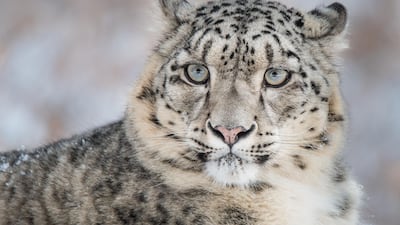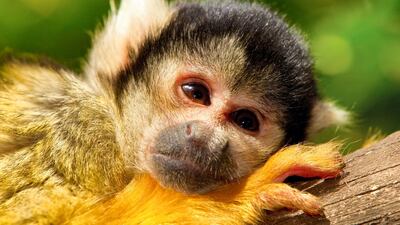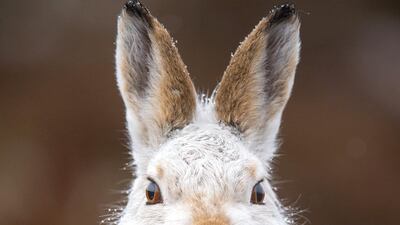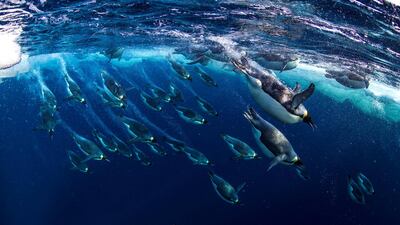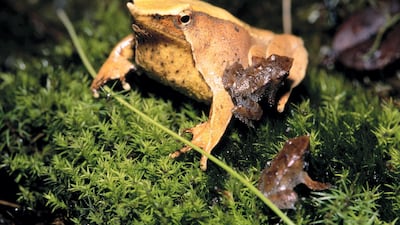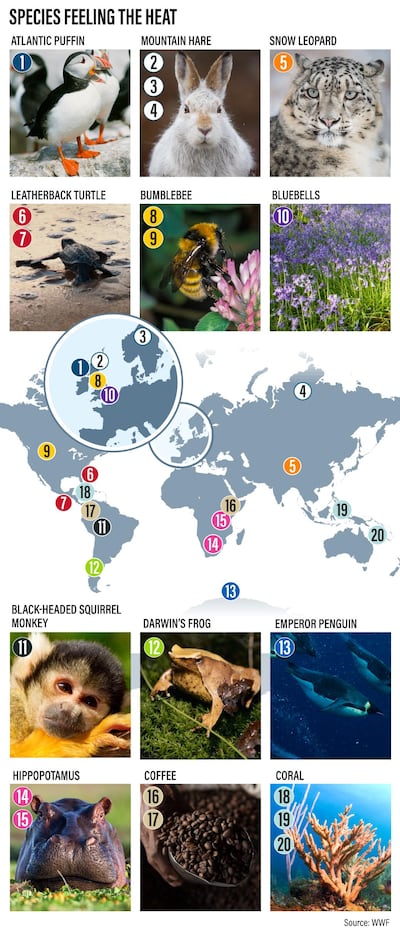Animals such as the leatherback turtle, snow leopard and emperor penguin face a growing threat of extinction if governments fail to tackle global warming, a new report said on Wednesday.
The Worldwide Fund for Nature study highlights how 12 types of animals and plants are already suffering from the effects of climate change and says robust action is needed at this year's Cop26 summit in Britain to prevent catastrophe.
The conservation charity said many kinds of animals and plants were already under stress across the world, from the Amazon rainforests to the wilderness of the Antarctic. The year 2020 marked the end of the hottest decade on record.
Climate change is increasing the intensity of extreme events, such as heatwaves, floods and bushfires. Global warming is melting the polar ice caps and heating the oceans, leading to rising sea levels.
The report warned world leaders that failing to limit global warming to 1.5°C more than pre-industrial levels would lead to disaster, with each half-degree increase leading to the permanent damage of vital ecosystems.
Current projections are for a temperature rise of 2.4°C by the end of the century.
"If we are to secure a future for some of our most iconic species and habitats, and indeed ourselves, then 2021 must be a turning point," said Tanya Steele, chief executive of WWF.
The charity highlighted figures that showed populations of mammals, birds, fish, amphibians and reptiles across the world have fallen by an average of 68 per cent since 1970.
“World leaders must seize the chance at Cop26 to build a greener, fairer future – one with nature at its heart,” Ms Steele said.
Those under threat cover all animal and plant groups – ranging from the hippopotamus in southern Africa to the bumblebee in Britain.
The report said the Arabica bean – which originated in Ethiopia and is used to make 60 per cent of the world’s coffee – is suffering from dramatic weather shifts and rising temperatures.
In the wild in Ethiopia, the species is projected to decline by up to 80 per cent by 2080, it said.
Poaching and the loss of habitat has already reduced the number of snow leopards to about 4,000 across 12 countries.
Warmer temperatures are changing their habitat, with the treeline shifting higher up the mountains and restricting the big cat’s hunting grounds.
Environmental changes are likely to lead to more snow leopards being killed by farmers, as they take their livestock higher up the mountains.
In countries such as Bhutan and Nepal, habitat loss for snow leopards is soon likely to exceed 80 per cent, the report called Feeling the Heat: The Fate of Nature Beyond 1.5°C of Global Warming said.
The authors highlighted the fate of leatherback turtles, whose breeding patterns rely on temperature.
The sex of a turtle depends on the temperature of the sand on the beach where its egg is laid. Hotter sand leads to a disproportionately high number of females. One major nesting site in Costa Rica produced 90 per cent female leatherback hatchlings.
While turtles and tortoises have been around for 220 million years, more than half of the 360 species are now threatened with extinction, the report said.
Hippos risk losing their wetlands and will struggle in higher temperatures, while colonies of emperor penguins in Antarctica face a bleak future because of melting ice where they mate and incubate their eggs.
In the UK, mountain hares in northern Scotland remain in their white winter coats long after the snow melts, leaving them vulnerable to predators.
Meanwhile, bluebells are blooming out of kilter with the seasons.
Warmwater coral reefs will be badly affected even by a 1.5°C rise in temperatures but will all but disappear with global warming of 2°C, the report said.
Off the coast of Australia, severe coral bleaching affected the central third of the Great Barrier Reef, the world's largest reef system, in 2016 and 2017 because of unusually warm sea temperatures.
The phenomenon of bleaching – when algae is expelled from overheated tissue – makes the coral more susceptible to disease and death.
Mike Barrett, head of science and conservation at WWF, said: "This isn't a far-off threat; the impacts of climate change are already being felt and if we don't act now to keep global warming to 1.5°C we will slide faster and faster towards catastrophe."
The WWF report said the 12 types of animals and plants facing particular danger are: the Atlantic puffin, mountain hare, bluebell, bumblebee, emperor penguin, snow leopard, leatherback turtle, Darwin's frog, warm-water coral reef, hippopotamus, Arabica coffee and the black-headed squirrel monkey.
